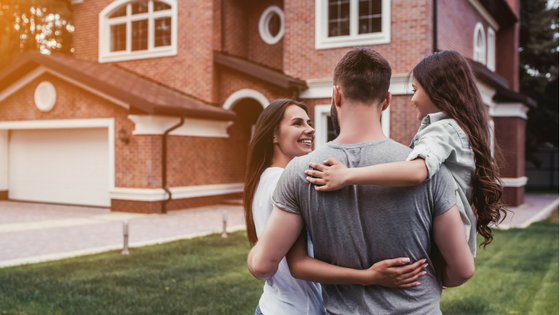The house should be a place of safety and comfort, where you and members of your family can enjoy themselves without threat from harm. Of course, maintaining a safe environment takes work and effort. These tips will help ensure that your home is safe for you and other members of your household.
Kitchen Safety
The kitchen is the heart of the home, where family members gather for food and conversation after a long day. However, the kitchen is also a place where people can be at risk for burns, cuts, slips and falls. To avoid kitchen injuries related to the stove, keep long hair tied back while cooking, and avoid wearing loose-fitting clothing around the stove. When using the oven, wear well insulated oven mitts. Avoid mitts that have a hole or damage.
Keep a non-slip mat on the floor beneath the kitchen sink, and if you ever decide to remodel your kitchen, install non-slip tiles. If young children live in your house, be especially careful. Don't let your toddler or young child play in the kitchen, especially when you're using the stove or the oven. Finally, use task lights while cooking to ensure that the area is well-lit. Good lighting conditions can help prevent a variety of accidents, including knife cuts.
Bathroom Safety
The bathroom is a place where people can easily slip and fall. Maintaining good lighting conditions in the bathroom can help prevent falls, as can installing non-slip tiles on the floor. Bathroom safety is especially important in households where seniors live. Curbless showers and grab bars can help prevent accidents.
To prevent slips, install non-slip stickers on the bathtub or shower, and use a non-slip mat on the floor just outside the shower or bathtub. If you have toddlers around the house, turn down the temperature of your water heater to 120 degrees and install a temperature control device on the bathtub faucet, to prevent damaging scalds while your child takes a bath.
Outdoor Safety
Maintain a well-lit premises, especially along walkways. Motion activated lights are helpful for keeping walkways lit. Maintain safe walkways throughout the winter by clearing brush and debris, shoveling walkways and de-icing as needed. Pull weeds that grow on walkways between cracks.
Inspect your deck or wooden porch on a regular basis, searching for signs of wood rot. Re-finish your deck or porch regularly, and replace wooden boards as needed. Maintain fences, especially if those fences are designed to keep in pets or children. Check wooden fences for signs of wood rot annually, at the same time that you check your deck or patio. Make repairs as needed yourself, or it may be easiest to hire a professional to assist.
Maintaining a safe property can help you avoid accidents and can make your house a more enjoyable place to be. The most important thing to remember when trying to avoid accidents is to be vigilant and to reassess your property on a regular basis.
Staircase Safety
Falling down a stair case can cause serious injuries. To keep your staircase safe, maintain railings and banisters at all times. Consider installing a non-slip floor runner on the floor, and if you're faced with the choice between hardwood floors and carpet, remember that carpet is much softer during a fall.
Garage Safety
The garage is where most homeowners keep their chemicals and sharp landscaping equipment. Pets and young children can get into a lot of trouble in the garage, so be careful. Don't allow small children into the garage on their own, and if you must keep your pets in the garage for any period of time, remember to "pet proof" the space first. Put chemicals up in locked cabinets and keep sharp tools off the ground.
